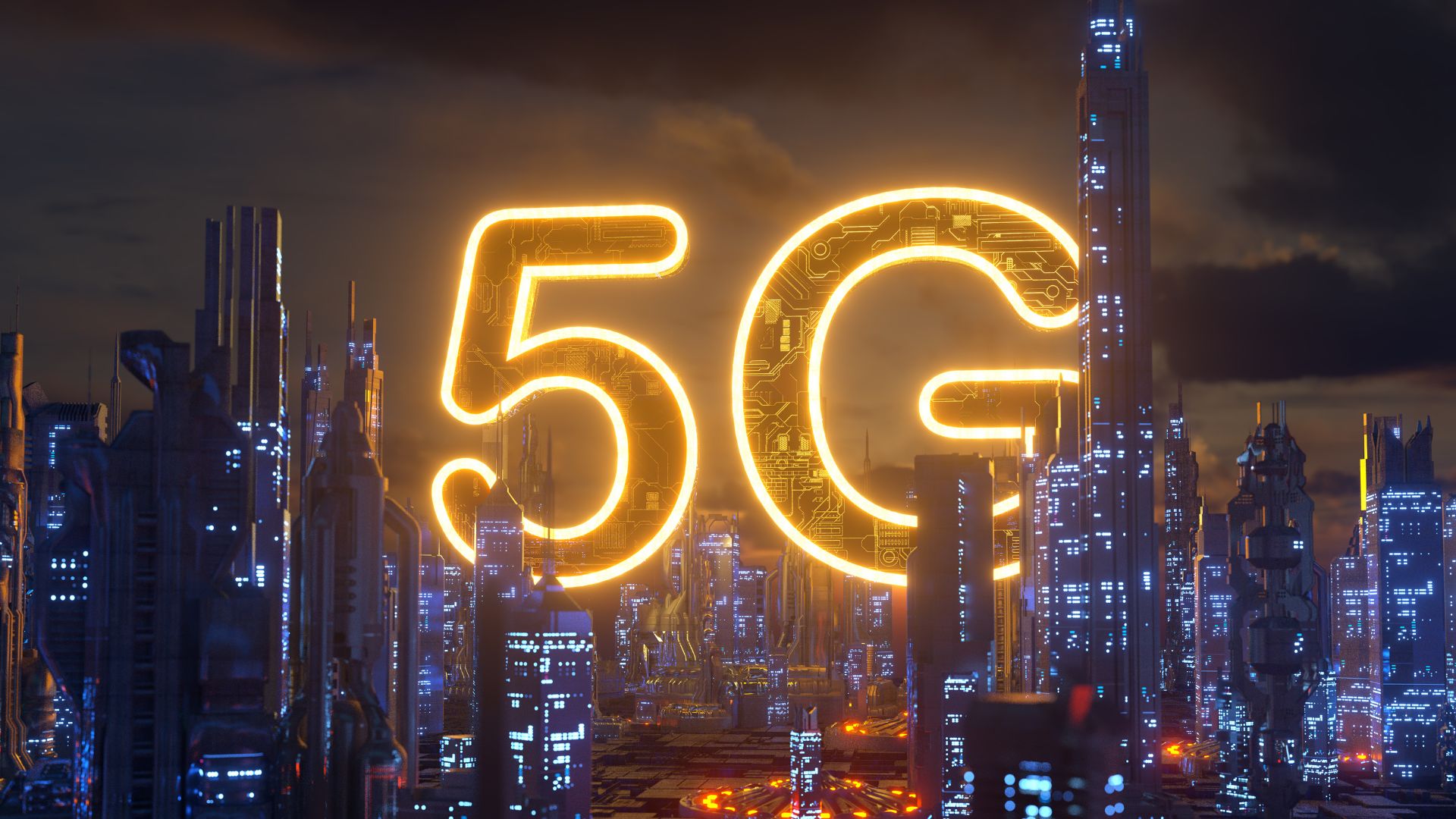What is 5G? and How Does It Work?

In recent years, you might have heard the term “5G” everywhere. But what exactly is 5G? In a simple term, it is the fifth generation of wireless network technology. It is the latest upgrade from 4G, bringing faster speeds, better connectivity, and new possibilities for our connected world.
How Does It Work?
To understand how it works, let’s break it down into simple steps:
- Wireless Signals: Just like 4G and Wi-Fi, 5G uses radio waves to send data. However, it operates on higher frequency bands, which allows it to carry more data much faster.
- Small Cells: It uses small antennas called “small cells” that are placed closer together than traditional cell towers. These small cells improve signal strength and ensure seamless coverage, especially in crowded areas like cities.
- Massive MIMO: It uses a technology called Massive MIMO (Multiple Input, Multiple Output). This means it can handle many devices at once without slowing down the network.
- Beamforming: Instead of broadcasting signals in all directions, it uses beamforming to direct signals more precisely to devices. This reduces interference and boosts speed.
- Edge Computing: It combines with edge computing to process data closer to where it is needed. This reduces delay and makes the network faster and smarter.
Why Is It Important?
It isn’t just about downloading movies faster. It’s about enabling a world where everything is connected. Here are a few ways it will impact our lives:
- Smart Cities: 5G can support smart traffic systems, connected streetlights, and efficient energy use in cities.
- Healthcare: Doctors can perform remote surgeries and monitor patients in real time using 5G.
- Self-Driving Cars: Fast and reliable 5G networks are essential for self-driving vehicles to communicate and operate safely.
- Virtual Reality (VR) and Gaming: It will make VR experiences smoother and multiplayer gaming lag-free.
The Challenges of 5G
While 5G brings many benefits, it also has challenges:
- Infrastructure: Setting up 5G networks requires building many small cells, which takes time and money.
- Range: High-frequency waves don’t travel far or penetrate buildings well, so more antennas are needed.
- Cost: 5G-enabled devices and plans may be more expensive initially.
Conclusion
5G is a game-changer for how we connect to the internet and each other. It’s faster, smarter, and capable of handling the growing number of devices in our world. While it may take time to roll out everywhere, the possibilities it offers are endless—from smarter cities to better healthcare and beyond. With this, the future is closer than we think.
